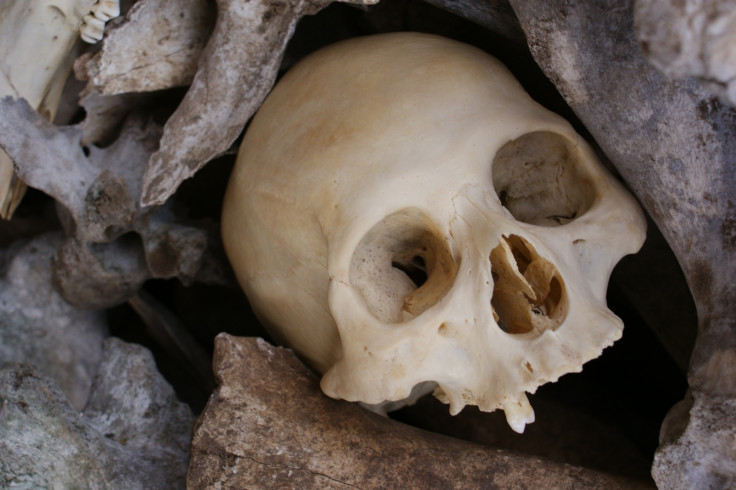Ancient skeletons with smashed skulls reveal mysterious burial rituals at 5,500-year-old cave site
Skulls may have been smashed and larger bones deliberately removed after the bodies decomposed.

The examination of ancient human remains found in a mountainside cave complex in Ireland, has revealed that the site had been used as a ritual chamber for more than a thousand years.
Researchers said at least 10 children, adolescents and adults were left to decompose at the Neolithic site between 3,600 BC and 2,400 BC. It is thought that the skulls may have been smashed and larger bones deliberately removed after decomposition in a mysterious burial ritual.
Linda Lynch, an osteoarchaeologist who analysed the bones, said the findings point to a highly complex processing of the dead in the Neolithic period.
The site was first discovered by hillwalker Michael Chambers in August 2016 among the huge boulders of Bengorm Mountain, County Mayo, on the island's west coast. Subsequently, members of a local walking group returned to the cave with Chambers, discovering a second chamber where the bones laid.
The group then notified authorities of the find, after which the remains were taken to Dublin for radio carbon dating and other tests.
"Large pieces of quartz had been placed in and around the bones," Marion Dowd, excavation director from the Institute of Technology, Sligo, told RTÉ - Ireland's national broadcaster.
"When the radiocarbon dates came through it was very exciting. Not only were the bones Neolithic, but the dates showed the site had been used for over 1,000 years."





















